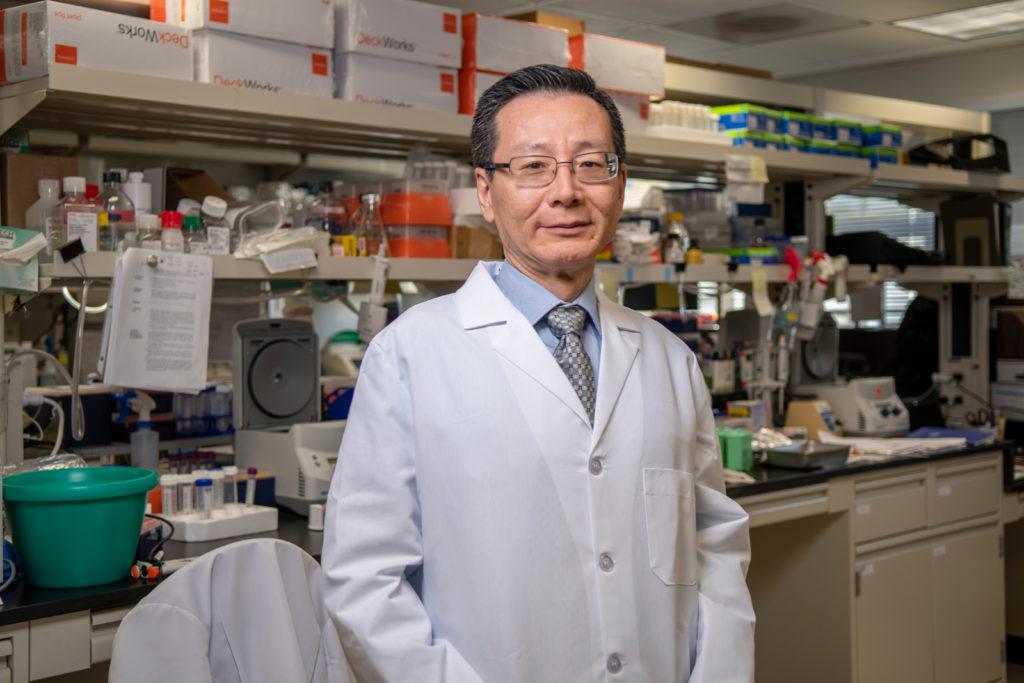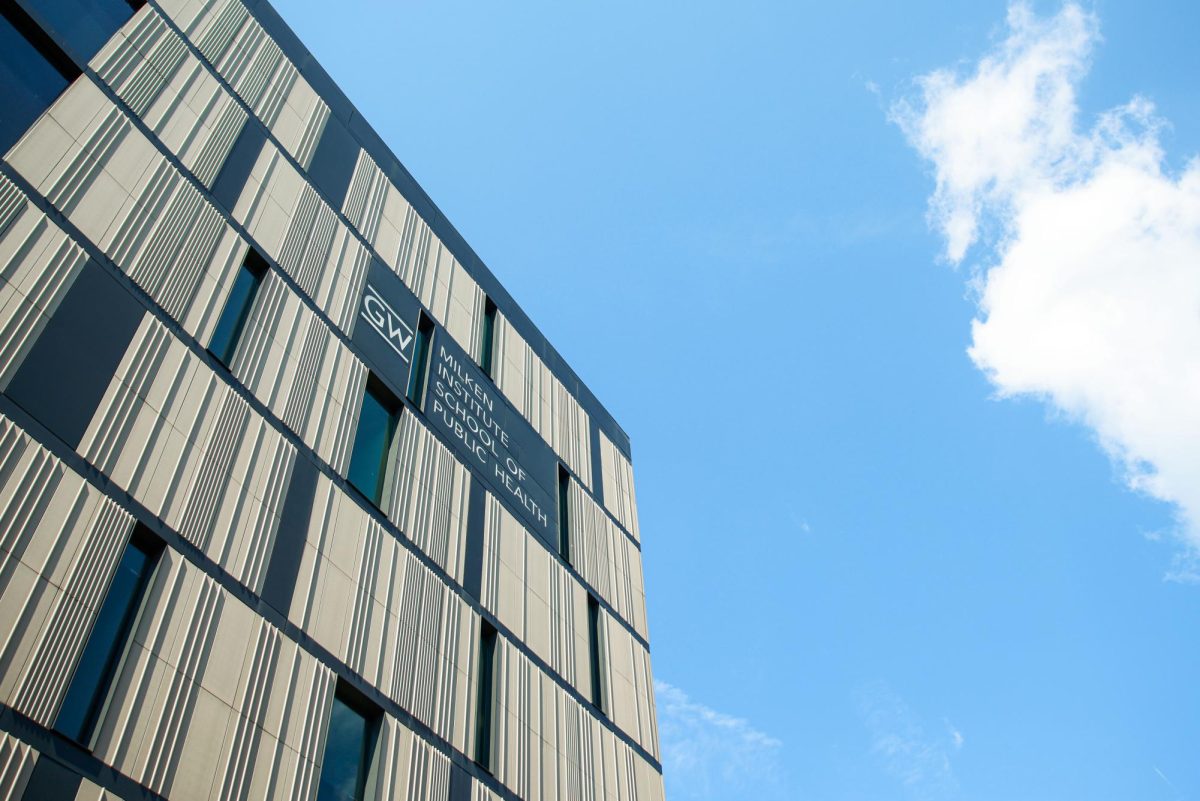A team of researchers received a $1 million grant late last month to study how memory cells recall past events when responding to attacks on the immune system and injuries on the skin.
The project’s lead researchers said the team is looking into how memory T cells can memorize certain events, like an attack from a virus, and recall that memory once those events appear a second time. Rong Li, the chair of the Department of Biochemistry and Molecular Medicine in the School of Medicine and Health Sciences and the lead researcher on the project, said the team hopes to learn the molecular process these memory cells use to recall past events and to eventually mimic this process in treatments like cancer therapies and inflammation care.
“That phenomena has been around for quite some time,” Li said. “But really, at the molecular level, at the cellular level, you ask really the fundamental question, ‘In that case, how did cells remember that?’ That is really what this grant is about.”
Li said the three-year grant from the W.M. Keck Foundation is exclusively for pre-clinical work, meaning the funds will cover the investigation of animal models and molecular tools. But he said if his research team is successful at working with the animal models, their findings could be applied to humans.
“It would be very interesting to, for example, take human memory T cells from cancer patients, culture them in a laboratory setting and then introduce this human version of that key molecule back into those memory T cells and then put them back in the same cancer patient and see whether that can boost the host’s immune system to fight tumors,” Li said. “We are very excited about the long-term potential.”
Li said the key to this research is the “different expertise” of each member of the research team.
He said he comes from the molecular biology perspective, while Brett Shook, an assistant professor of biochemistry and molecular medicine, is looking at this research through a physiology lens, including the healing of skin cell wounds and inflammation. He said other contributing researchers are helping with the immunological side of the research.
Shook said the team is applying an irritant to mice’s skin and then will “precisely manipulate” one gene at a time to determine the effect it has on memory. He said they can use tools in their lab to express a gene at a higher level than it’s typically expressed to try to emphasize a memory in certain cells, or they can eliminate the gene of interest entirely, completely disrupting the cell’s ability to remember any previous events.
Shook said the researchers are using these mice models to observe skin inflammation to determine how the memory cells respond.
He said they first apply an irritant to mice’s skin, which will cause inflammation in the tissue and eventually a rash. The researchers then manipulate the specific gene in the mice, which they believe controls the skin cells’ memory of the inflammation, and then reapply the irritant to determine whether the memory cells can recall the event and eliminate the rash more quickly.
“Anytime you have a rash, that area now has some memory of inflammation,” Brett said. “We are able to injure the same area, and what has been documented is that regions of skin that have previously experienced inflammation will heal faster.”
Experts in medicine and infectious diseases said this research is a relatively unexplored area and the findings could pave the way for enhanced cancer treatments.
Joaquin Madrenas, a professor of medicine at UCLA, said the implications of this research are “very important,” especially in terms of immunological memory. He said vaccines give the immune system exposure to foreign antigens so that upon exposure, the immune system can mount a memory response.
“If we know what is the mechanism to induce memory, you can make better vaccines that will ensure the development of long lasting memory,” Madrenas said.
Madrenas said studying cellular memory may also help cancer patients, especially those with types of cancer associated with a lack in immune response.
“If you know the mechanisms of memory, you can induce memory in the immune system of a patient that can then get rid of the cancer and keep the cancer from growing,” Madrenas said.
He said laboratory mice are inbred animals that are kept under clean conditions and should have no history of exposure to infections, making the task of translating the research findings to humans complicated.
“We live in a completely exposed and uncontrolled environment,” Madrenas said. “Each one of us has a completely different antigen history. Your exposure to different viruses and bacteria and other infectious diseases is very different from mine, so the ability to manipulate your memory pool may be very different from mice.”
Girish Kirimanjeswara, a professor of immunology and infectious diseases at Pennsylvania State University, said studying memory cells allow researchers to understand how the body encounters and responds to infectious diseases. He said this area of research is “relatively less explored” and this project could pave the way for a deeper understanding of how immune cells can recall a past exposure to a virus or cancer.
“While we know how memory T cells may recognize a second encounter of a foreign substance, we are still learning about how these cells may be regulated, how long can they last, how do they function at various times etc,” he said in an email. “This research will explore many of those areas and also study the inherent cellular memory.”








